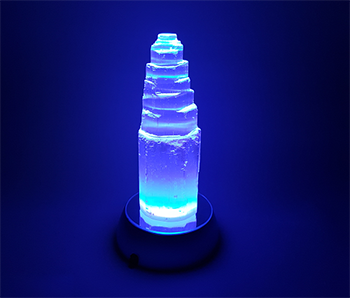Mammoth fossils have captivated the imaginations of scientists and fossil enthusiasts alike for centuries. These ancient giants roamed the Earth tens of thousands of years ago, leaving behind an incredible legacy embedded in ice, sediment, and soil. In this article, we delve into the fascinating world of mammoth fossils, exploring their discovery, significance, and why they are a must-have for collectors and enthusiasts.
What Are Mammoth Fossils?
Mammoth fossils are the preserved remains of mammoths, large, elephant-like mammals that lived during the Ice Age. These fossils typically include bones, teeth, and, in rare cases, mummified remains with fur and tissue intact. The most famous mammoth species is the woolly mammoth (Mammuthus primigenius), known for its thick fur and curved tusks, adapted for cold climates.
Where Are Mammoth Fossils Found?
Mammoth fossils have been unearthed across the globe, offering fascinating insights into these iconic Ice Age giants. Their remains are commonly found in regions that were once glaciers or vast grasslands habitats where mammoths thrived for thousands of years. Some of the most notable sites include:
- Siberia: Renowned for its astonishingly well-preserved mammoths encased in permafrost, including entire carcasses with fur, skin, and even stomach contents. These discoveries provide invaluable clues about the mammoth’s biology, diet, and the environments they inhabited.
- La Brea Tar Pits, California: A treasure trove of Ice Age fossils, this site has yielded numerous mammoth bones along with other megafauna, such as saber-toothed cats and giant sloths. The tar preserved these fossils exceptionally well, offering a glimpse into the rich ecosystems of prehistoric California.
- The Great Plains, North America: Spanning regions from Canada to Texas, the Great Plains are a hotspot for mammoth fossil discoveries. Numerous bones and skeletons have been uncovered in ancient riverbeds and grasslands, often in association with human artifacts, suggesting early interactions between humans and mammoths.
Mammoth fossils not only reveal where these majestic creatures once roamed but also shed light on the environmental changes that contributed to their eventual extinction.
Why Are Mammoth Fossils Important?
Mammoth fossils provide a window into the past, offering valuable insights into:
- Ice Age Ecosystems: These fossils help paleontologists understand the environment and climate of the Pleistocene epoch.
- Extinction Events: Studying mammoth remains sheds light on the factors contributing to their extinction, such as climate change and human activity.
- Evolutionary Biology: Mammoth fossils reveal evolutionary links between extinct species and modern elephants.

Collecting Mammoth Fossils
For fossil collectors, owning a piece of a mammoth is like holding a fragment of prehistory. Popular mammoth fossil specimens include:
- Teeth and Tusks: Highly sought after for their intricate patterns and historical significance.
- Bones: Commonly found in fossil collections, ranging from small fragments to nearly complete skeletons.
When purchasing mammoth fossils, ensure you source them from reputable sellers who comply with local and international fossil trading regulations.
Caring for Mammoth Fossils
Proper care is essential to preserve the integrity of these ancient artifacts. Keep fossils in a stable, low-humidity environment and avoid direct sunlight or extreme temperature changes. Periodic cleaning with soft brushes or cloths can prevent dust accumulation.
Where to Buy Authentic Mammoth Fossils
If you’re interested in acquiring mammoth fossils, you’ll find many options available in online stores. While we don’t specialize in mammoth fossils, our website offers a wide variety of other authentic fossil specimens. From beginner-friendly pieces to rare finds for seasoned collectors, each fossil is carefully selected to ensure quality and authenticity, making it easy to expand your collection.
Conclusion
Mammoth fossils are more than relics of a bygone era, they are storytellers of Earth’s ancient past. Whether you’re a collector, a scientist, or simply a history enthusiast, these fossils connect us to a world that existed long before humanity.
Explore our collection of fossils today and own a tangible piece of history.


